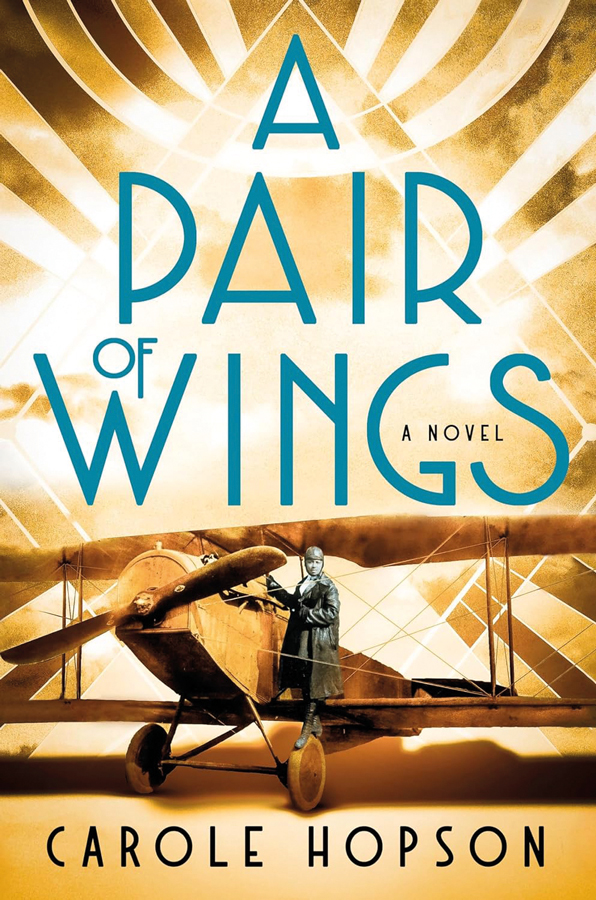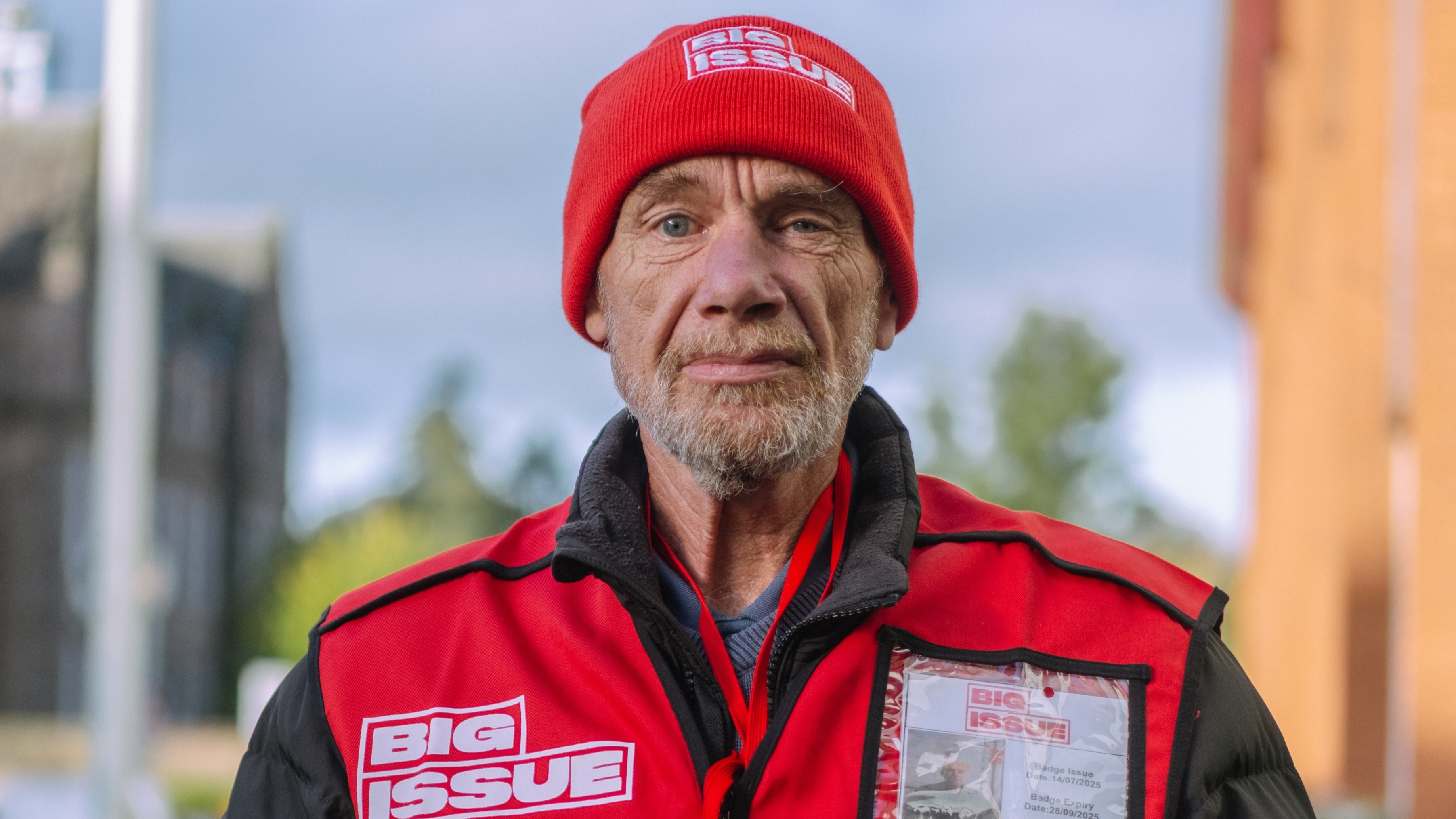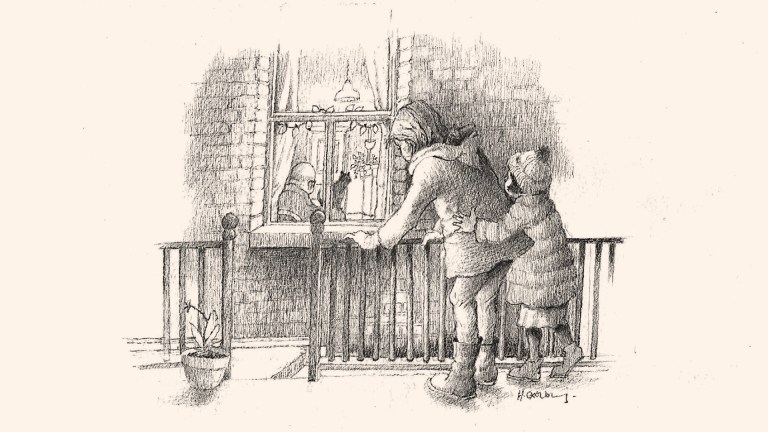The “only one in the world” is what the Los Angeles Times said about Bessie Coleman a century ago. It launched me on a quest to trace the breathtaking moxie of an adventurous, brave, Black woman who’d been born the daughter of an enslaved woman, and who would ascend to fly aeroplanes before most Americans had ever seen one in the sky, earning her the moniker Queen Bess.
I am a Boeing 737 captain for United Airlines. I stand on the shoulders of Bessie Coleman, and I became obsessed with her extraordinary ride from Texas labourer to world-famous pioneer aviator largely because her miraculous story seemed hidden in plain sight for nearly 100 years.
Coleman stood at the nexus of the dawn of aviation, as well as the dawn of the Great Migration. Moving to Chicago from Texas in 1915, Coleman rode the crest of the very first wave of the movement of six million African Americans from the agricultural South to the industrial North.
Get the latest news and insight into how the Big Issue magazine is made by signing up for the Inside Big Issue newsletter
Aeroplanes in the 1920s were new-fangled machines, and they were being used in novel ways – crop dusting, barnstorming, delivering mail. Coleman was hired to shower beachgoers with leaflets advertising Coast Tires. Back then, roads were often dirt or gravel and tyres, changed frequently, were an indispensable part of automobile upkeep.
After studying French in a Chicago Berlitz night school for three years, Coleman boarded an ocean liner bound for France and nearly two years before Amelia Earhart, became the first American to earn a civilian French brevet (pilot’s licence). This was at a time when American women had just earned the right to vote while US troops had returned from the deadliest global conflict in history and the Spanish flu pandemic was around the corner.






